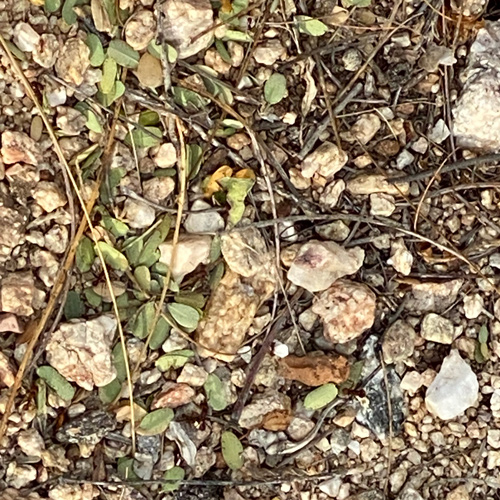What it Takes to Feed the Neighborhood (Wildlife)
Except in winter, I let my desert tortoises live outside in my backyard. They dig dens for refuge from the daytime heat and graze on the cactus, desert plants, and my little patch of grass. Since there isn’t enough plant material to feed them all, I supplement with nutritious greens and zucchini. I put large piles of food on the patio in the morning for the tortoises to graze on during the day. By the end of the day, they consumed most of the plant material.

A Neighborhood Buffet
I observed that other animals were enjoying the repast I provided. Desert Spiny lizards (Sceloporus magister) who lived on my patio dashed out for a nibble. Even though they are insectivores, they enjoy a bit of collard greens as well.
The locals who took advantage of the pile of greens were leaf-cutter ants (Acromyrmex versicolor). These ants are common around my house. I see them carrying bits of vegetation over a surprisingly long distance.
They often leave a colorful trail of bits of flowers along their way. Usually, it is yellow from the palo verde and mesquite flowers, but occasionally, I see purple flower debris. I need to find out where those flowers were harvested from; maybe a desert willow or an ornamental planting.
My local ants discovered the collard greens and decided to take a bit back to their nest.

This involved carrying the pieces the entire length of my patio, under the gate, along the length of my backyard wall beside the driveway, to the hive in the back. The patio was nice and flat, but the terrain was much more difficult. It didn’t impair them, though. You can barely see them walking across the rocks and vines.
(Image)
Eventually, they reached the hole that was the entrance to their nest below ground. The ants don’t eat the plant pieces they harvest. They use them to grow the fungus that serves as their only food. This ‘gardening’ produces a great deal of carbon dioxide, which enriches the growing environment for plants.

As long as I provided the food, they utilized this nutritious food source. Collard greens are high in calcium and other nutrients.
They were disappointed when I brought the tortoises inside with the approach of the cooler weather. Now, they must wait until next spring for the free food to return. It’s the least I can do to support insects who help improve the Sonoran desert soil. I hope the ants have a good winter, and I look forward to seeing them next spring.
If you are interested in ants, I feature Leaf-cutter ants in my newest book, Vampire…Tortoise?! Take a look!
To learn about our latest science-based children’s books and workbooks, to read our latest blog posts about reptiles, birds, cats, and gardening, in a variety of locations, and about how the books come to be, what inspires an author to write, and many more interesting aspects of the publishing business, fill in the box below and we will add you to our email list.
Thank you!



